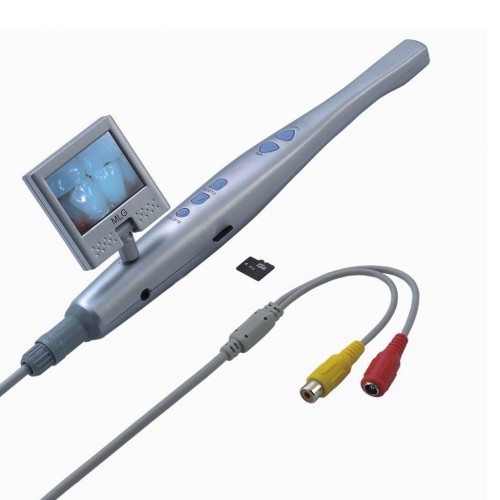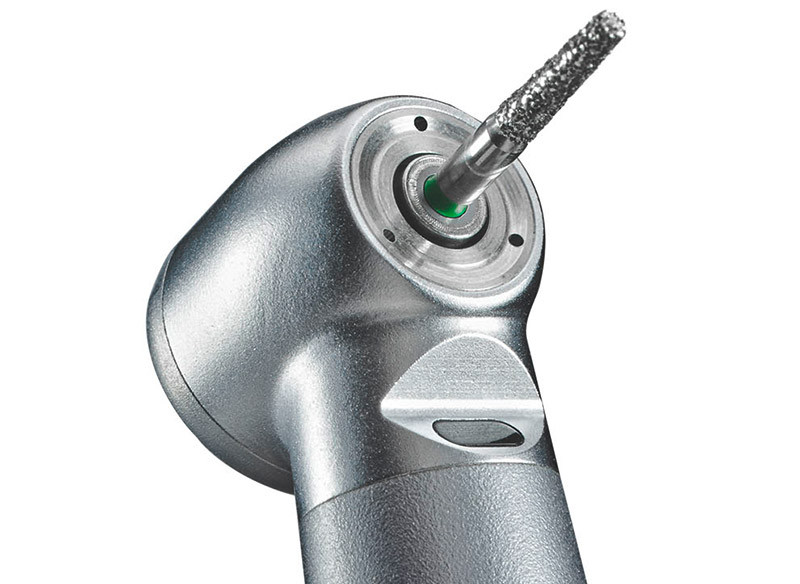
An intra-oral camera is a tiny device approximately the same size as a large pen or toothbrush, with a camera lens at the end. It is covered with a protective plastic sheath that is changed for every patient to ensure the device is entirely hygienic and to prevent any risk of contamination. The video camera is small enough to fit comfortably in your mouth so that we can take pictures of your teeth. Unlike digital dental x-ray images, the images produced by an intra-oral camera are easy to understand and are incredibly clear.
An intraoral camera with screen is an extremely safe piece of equipment. It is specially designed only to be used inside your mouth, and the images are captured comfortably and quickly. In fact, it’s a far more comfortable piece of equipment than a dental mirror which can sometimes trigger a gag reflex. With this tiny camera, we don’t need to poke or probe unnecessarily, as it will scan the inside of your mouth, without making you feel as if you want to gag!
By viewing magnified images inside your mouth, we can make a quicker and more accurate diagnosis. A faster diagnosis is essential if you experience any pain or discomfort in a tooth, and where you need immediate treatment. Additionally, an intra-oral camera is comfortable and non-invasive, which is very important when you are in any pain.
Anyone who feels a little nervous about having dental treatment may find they are more comfortable with this treatment approach. Often just knowing more about what is happening and understanding your dental health can help relieve fear and anxiety.
If you want to get more information about dental equipment, please click here “china dental equipment”.
Related article:What are the tips for choosing mobile dental equipment?

